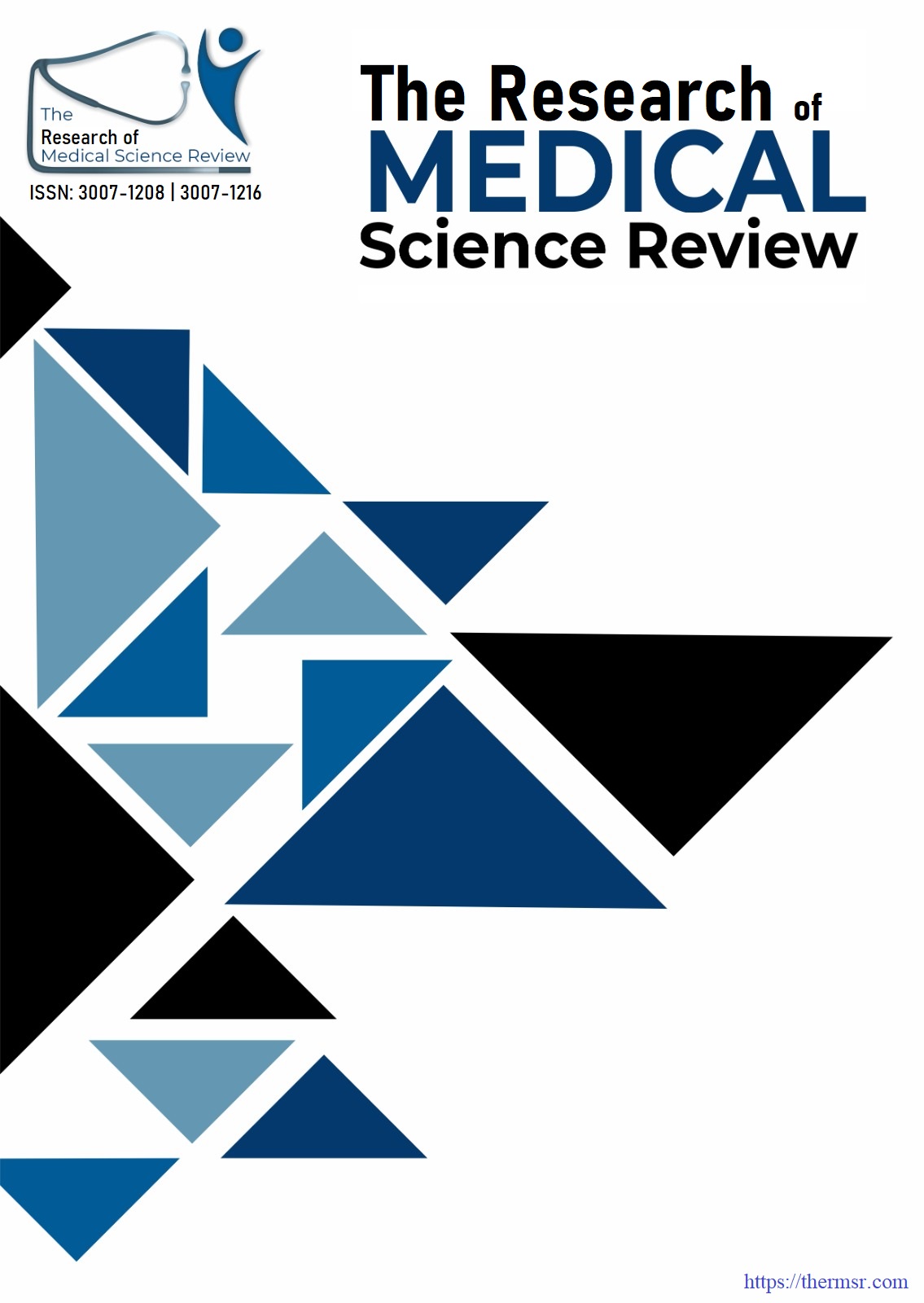ASSESSMENT OF BUPIVACAINE AND XYLOCAINE 2% EFFECTIVITY OF PAIN INTENSITY IN POST LAPAROSCOPIC CHOLECYSTECTOMY PATIENTS
Keywords:
Laparoscopic Cholecystectomy, Bupivacaine, XylocaineAbstract
Background: It is becoming very routine to treat non-malignant gallbladder diseases with laparoscopic cholecystectomy (LC). The benefits of laparoscopic surgery over open cholecystectomy include less pain following surgery and a shorter hospital stay. Even with advancements in laparoscopic cholecystectomy techniques, the majority of patients require analgesics after surgery since post- laparoscopic procedure pain is still a big problem. About 17–41% of Laparoscopic Cholecystectomy participants have to remain at the hospital for a minimum of 24 hours due to postoperative pain, and their recuperation is extremely time-consuming.
Objective: The aims and objectives of this study was in terms of postoperative pain relief, examine the effectiveness of bupivacaine+Xylocaine as local infiltration at port sites and intraperitoneal irrigation in comparison to a control group that received no bupivacaine injections.
Methods: The general surgery department at Farooq Hospital in Lahore was the study's site. Patients over the age of 18 who were receiving laparoscopic surgery and had simple gallstone disease were admitted from the casualty and outpatient departments. Cholecystectomies were also performed.The patients were split into two groups at random. The study group was discharged from surgery at the received bupivacaine+xylocaine 2% block as local infiltration bupivacaine in the port sites and intraperitoneal irrigation, whereas the control group was admitted to the surgery department without receiving bupivacaine. Prior to surgery, their gallstone condition was determined to be simple. Up to 24 hours after surgery, patients' pain and postoperative discomfort were evaluated. by analog and visual scale. The study proforma was used to collect all of the data. The data analysis was conducted using SPSS version 26.
Results: Demographic and laboratory data did not differ between the two groups prior to surgery. The two groups were seen to have comparable operating times, blood loss rates, and no postoperative deaths. According to visual analogue rating scales, the group receiving bupivacaine+Xylocaine 2% experienced noticeably less pain than the control group. At various time intervals, it was shown that patients receiving LC under local anaesthesia had noticeably lower pain scores than the control group (p<0.02). In terms of analgesia, individuals having LC with local anaesthesia infiltration and irrigation required fewer analgesics than the control group (p<0.020). Compared to controls, patients in the test group spent less time in the hospital.
Conclusion:It has been determined that bupivacaine and Xylocaine 2% application in the peritoneal cavity and infiltration surrounding the ports (surgical ports) considerably lessens the intensity of post-operative pain and the need for analgesics. In suitable individuals having laparoscopic cholecystectomy, this method is simple to use, safe, and effective for managing pain. It enhances patients' early mobilisation, which reduces hospital stays.
Downloads
Downloads
Published
Issue
Section
License
Copyright (c) 2025 Saher Mudassar, Dr Hasnain Javed, H. M Amir Farooq, Mustafa Khattak, Muqadas Ashraf (Author)

This work is licensed under a Creative Commons Attribution-NonCommercial-NoDerivatives 4.0 International License.















